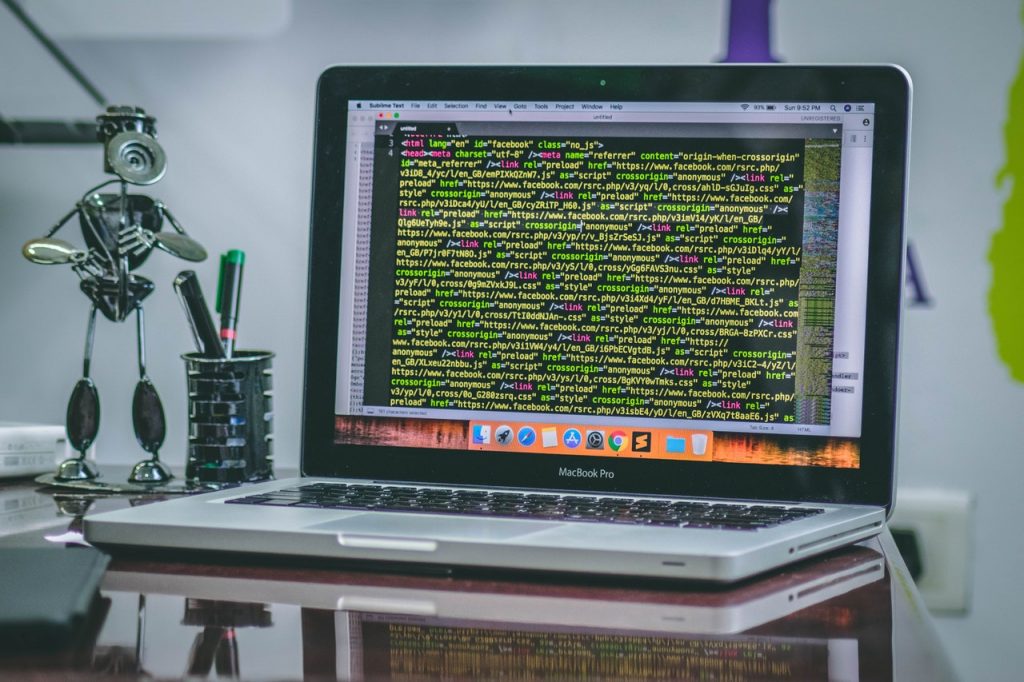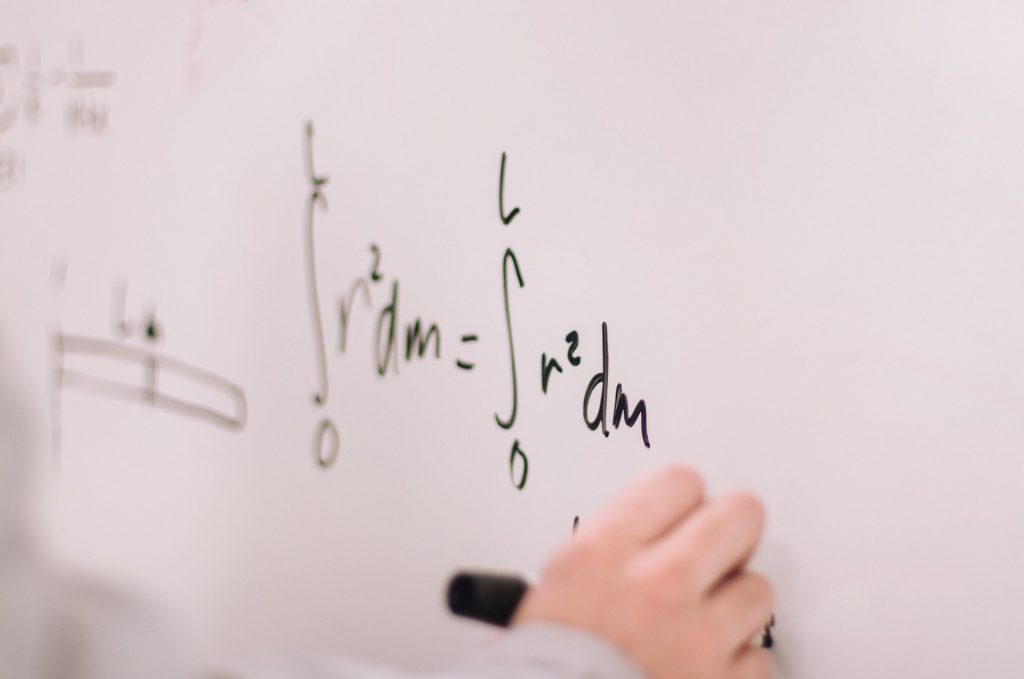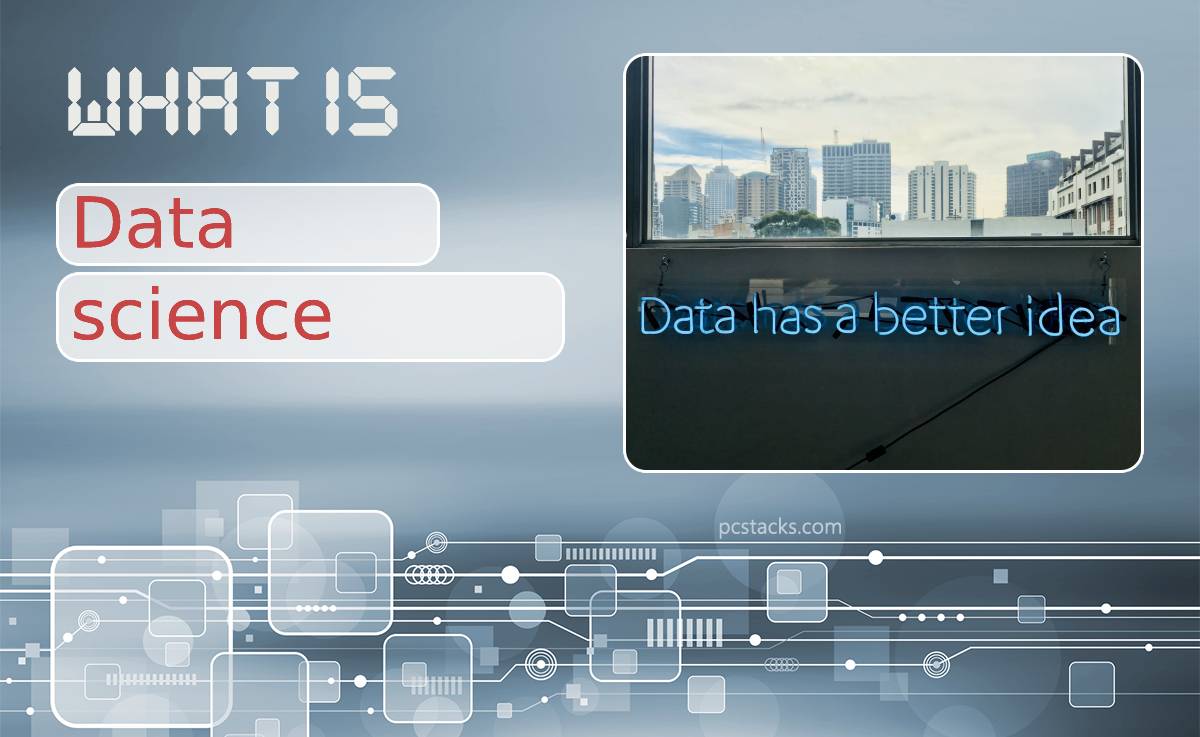Clear and straightforward cases will help you realize what data science is. Whenever you go around traffic jams and thank your luck for the smooth operation of your maps, understand that DataScience UA means just doing its job.
The program has collected and analyzed data on the current state of the roads, accidents, time of day, and other factors that can interfere with you. And I worked out the best way.
Table of Contents
Data Science: What Is It and Who Is It
Systems can process knowledge and obtain relevant knowledge from it. Who is a Data Scientist? It is a specialist who explains data using R or Python and makes analytical predictions and conclusions, depending on data processing results. These people are part mathematicians, part programmers, and part business consultants.
If you are also a programmer or developer who creates your own websites and are looking for a way to sell your creations, look no more. A web developer’s dream. WPMU DEV’s all-in-one WordPress platform gives you everything you need to manage, update, optimize, secure, and host client sites – all under one roof. Get 20% off any of their plans here. Free trial included.
Data Science: What You Need to Learn
It is a complex system that is not limited to just a collection of professional abilities. What do you need to know when we speak about science environments and applications? Conventionally, the activity of a specialist can be divided into several sub-spheres or sectors.
1. Programming

Data Scientist uses languages like R and Python. They help him in computational operations and have extensive libraries with ready-made solutions for specific tasks.
Python is characterized by straightforward syntax and a strong documentation culture. Particular attention should be paid to using the NumPy library (and others) for calculations and building models.
It is essential to know Python devices when working with machine learning. In turn, the R language was developed specifically for statisticians, and therefore is distinguished by high-quality special syntax.
2. Analysis

No algorithm will make a qualitative analysis if the specialist has not previously determined what needs to be learned, formatted the data, and brought it into an acceptable form.
A case of incredible luck if the data is already stored in the form of tables. And if not? All these data are systematized by the tools of the above two languages.
3. Mathematics

In the context of this competence, there is a pool of mandatory information for a Data Scientist:
- The linear algebra will help you work with vector and matrix representation.
- Mathematical analysis is created to optimize models and algorithms and give a clear understanding of whether the model displays the accurate picture, where it can be improved to get the algorithm to work more effectively.
- Prospect theory and statistics is a discipline that not only helps to analyze data but also to make competent a / b-tests. In addition, this knowledge will help to assess the reliability and whether they are not distorted.
4. Machine Learning

The primary purpose of ML is to automate the solution of complex problems in a wide variety of areas using mathematical algorithms.
Let’s retake the public sector: the facial recognition system passes thousands of people through itself every day, their faces are compared with landmarks every second to signal if they match: the suspect has been found.
5. Working with Big Data
The most striking example of working with Big Data is contextual advertising in the browser and social networks. Ask yourself how many people in your country or region, of your gender or the opposite sex, chose sneakers from an online store yesterday. We only know that there is a lot.
It is crucial to get, systematize and interpret data about all buyers, including you, to know exactly which positions you should show again so that you buy them. It is how Data Scientist helps a company sell and increase earnings – by working with Big Data about your interests and online behavior.




